PAR light bulbs are used in lighting effects for events like live shows and concerts, primarily to enhance the stage’s ground lighting or highlight light beams. This bulb, considered the origin of all lighting, is also used as a simple spotlight and serves a variety of purposes. In recent years, LED bulbs have become mainstream for their longevity, but the warm and natural light color unique to PAR light bulbs remains popular and is still widely used in various locations.
This time, I’ll go over how to choose the right PAR light bulb with the following points:
■ How to Choose PAR Light and PAR Light Bulbs
- Types of PAR Light
- Differences in PAR Light Colors
- PAR Light Sizes
- PAR Light Socket Types & Installation
- Types of PAR Light Bulbs
- PAR Light Bulb Q&A
Types of PAR Light
There are mainly three types of PAR lights to prepare along with the PAR light bulb. The choice depends on the desired lighting effect. Also, PAR light comes in different sizes, such as PAR64, 56, 46, 38, 36, 30, 20, and 16, depending on the type.
Long Type - Best for Spotlighting
STAGE EVOLUTION / PAR64LB II Black PAR Light
STAGE EVOLUTION / PAR64LP II Polish PAR Light
Short Type - Best for Broad Area Lighting
STAGE EVOLUTION / PAR64SB II Black PAR Light
STAGE EVOLUTION / PAR64SP II Polish PAR Light
Floor Type - For Floor Placement
STAGE EVOLUTION / PAR64FSP II Polish PAR Light
Differences in PAR Light Colors
Sound House offers both black and silver PAR lights. If you want the fixture itself to stand out, choose a shiny color like silver. However, silver PAR light reflects light easily, so depending on the installation location and angle, it might cause light to shine directly into the audience’s eyes. On the other hand, black fixture blends well into dark backgrounds and is ideal when you don’t want the fixture to stand out, offering the benefit of not disturbing other lights or sets on stage or in concerts.
PAR Light Sizes
PAR64, 56, 46, 38, 36, 30, 20, 16 represent the PAR light bulb’s diameter, expressed as 1/8 inch × the number. For example, PAR64 bulbs are 1/8 inch × 64, which gives a diameter of 8 inches (approximately 20.3 cm). The size of PAR light is determined by the lens diameter and the overall shape. It's essential to choose the right size based on your application.
PAR Light Socket Types & Installation
When selecting a PAR light socket, check the bulb type and the specifications of the lighting equipment. Bulbs with different socket types are not compatible, so make sure to check.
I will explain using the STAGE EVOLUTION PAR light specifications as a reference.
PAR light Socket Types
- ① Mogul Terminal - Used for PAR64, PAR56, PAR54
- ② Y-Type Screw Terminall - Used for PAR36
③ E26 - Used for PAR46, PAR38, PAR30, PAR20, PAR16
How to Install the Bulb
① Mogul Terminal:
1. Remove the head of the PAR light

2. Insert the bulb into the PAR light *Sorry for the blurry picture!


3. Fit the iron ring to prevent the bulb from falling out

4. Connect the bulb to the socket and replace the head to complete!
Easy, right?


② Y-Type Screw Terminal:
1. Remove the head of the PAR light

2. Insert the bulb and place the fixing ring
*The screw part is rusty, but no problem☆

3. Use a screwdriver to attach the Y-type terminal to the screw terminal of the bulb
*Insert the Y terminal into the screw terminal, then secure it


4. Replace the head and done!(^^)! This is a bit trickier than the mogul terminal!

③ For E26:
1. Remove the head of the PAR light and attach the bulb.


2. Twist the PAR light bulb into place.

3. Done! It’s really simple!

Types of PAR Light Bulbs
When choosing a PAR light bulb, refer to the combinations of PAR light types and lighting effects described earlier. Be cautious, as different combinations of PAR light size and socket type may result in an incompatible fit.
Main Types of PAR Light Bulbs:
- VN (Very Narrow): Ultra-Narrow Angle
- N (Narrow): Narrow Angle
- M (Medium): Medium Angle
- W (Wide): Wide Angle
- FL (Flood): Diffused Light
- NSP (Narrow Spot): Narrow/Concentrated
- NFL (Narrow Flood): Narrow/Diffused
Narrow-angle types concentrate light into a small point, making them ideal for spotlight applications where a specific object is illuminated. On the other hand, medium and wide-angle types spread light over a broader area, making them suitable for evenly lighting a large stage.
PAR Light Bulb Q&A
Finally, here is the Q&A section about PAR light bulbs. I hope this will be helpful to you.
PAR Light Bulb Q&A - ①What are the differences in average lifespan between PAR light bulbs?
PAR light bulbs are more affordable than LEDs, but some models can cost over 10,000 yen each. As a result, many customers may want to choose bulbs that last as long as possible. Below, we explain in simple terms why the average lifespan differs, even for bulbs with the same voltage (V) and power consumption (W).
Example:
USHIO/ JP100V1000WC/M/S6/E
Average lifespan: 200 hours
USHIO/ JDR100V1000WG/M/S6/E
Average lifespan: 2000 hours
The main difference is... the number of coils.
PAR light bulbs with a shorter lifespan are JP (single coil)
PAR light bulbs with a longer lifespan are JDR (double coil)
The disadvantage of choosing JDR over JP is that JDR is more expensive and has a lower color temperature. In other words, JDR produces a warmer, reddish light.
Approximate guidelines for color temperature (K: Kelvin) are as follows:
2800K: Incandescent: Warm-toned (orange-ish), incandescent light
3500K: Daylight white: Slightly warm light
4200K: White
5000K: Daylight white: Fresh, bright white light
6500K: Daylight color: Cool-toned (blue-ish)
PAR Light Bulb Q&A - ②Which should we choose, a 500W or 1000W PAR light bulb?
When answering this question, two important points should be considered:
① Available Electrical Capacity
Check the electrical capacity of the location where the bulbs will be used and choose bulbs that match the available power. The electrical capacity is determined by the location, so if you’re using multiple bulbs or combining them with other equipment, there’s a risk of tripping the circuit breaker. For safety, always verify the electrical capacity before use and select the appropriate bulb.
② Range of Lighting and Size of the Space
For large halls or outdoor stages, a 1000W PAR light bulb would be ideal. On the other hand, for smaller venues like music bars or stores, a 500W PAR light bulb is sufficient to provide adequate lighting.
How was that? This time, I’ve explained in detail how to choose PAR light and PAR light bulbs! There are various types of PAR light and PAR light bulbs, but by selecting the right one based on your intended use and installation location, you can achieve the ideal lighting effect. Use this article as a reference to choose the perfect PAR light for your stage or space! (@^^)/~~~





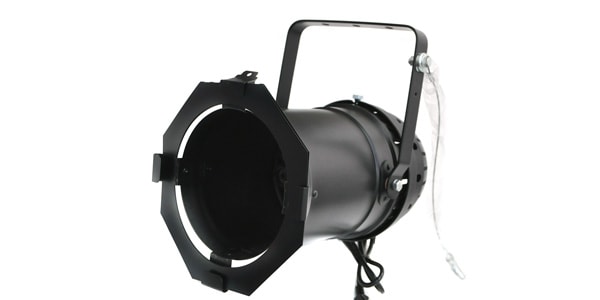
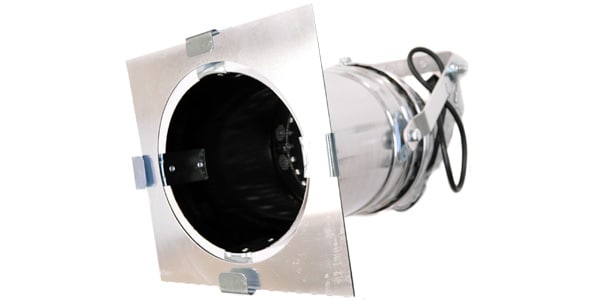
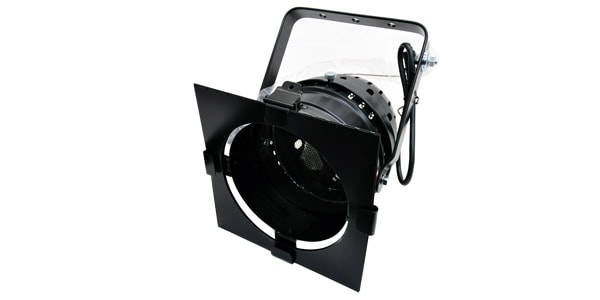
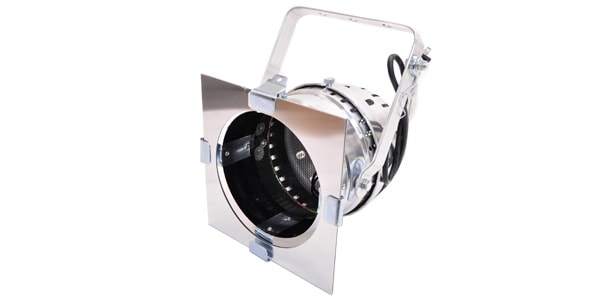
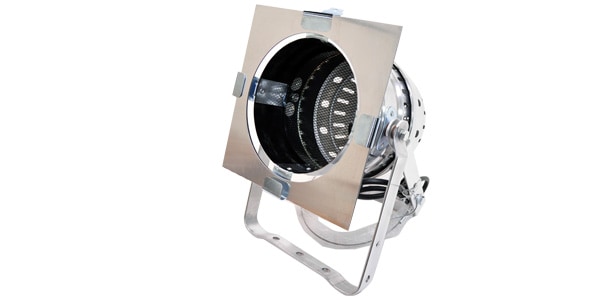






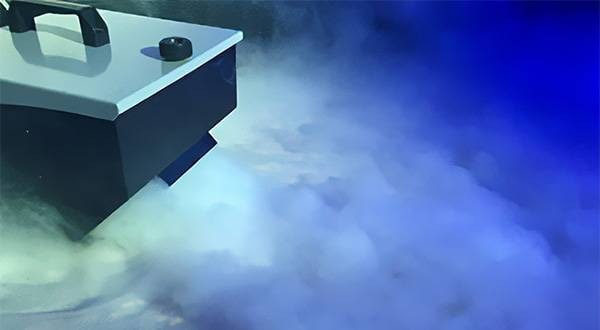
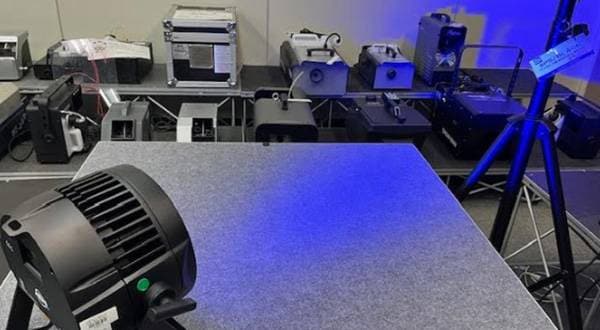
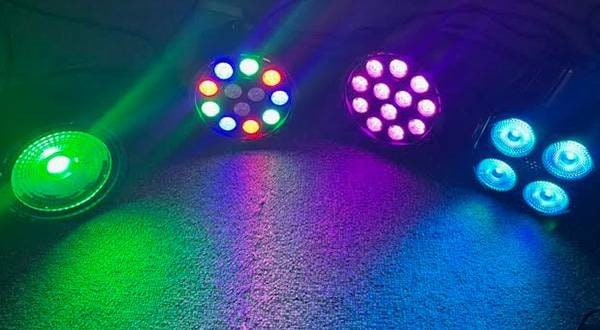
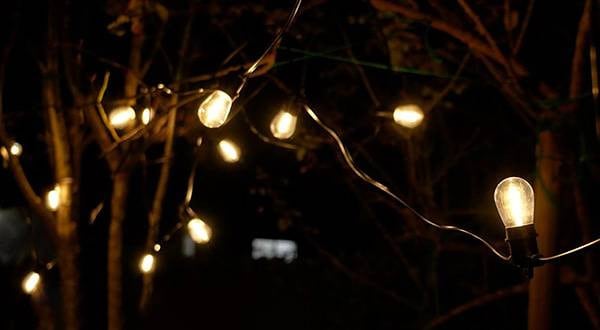
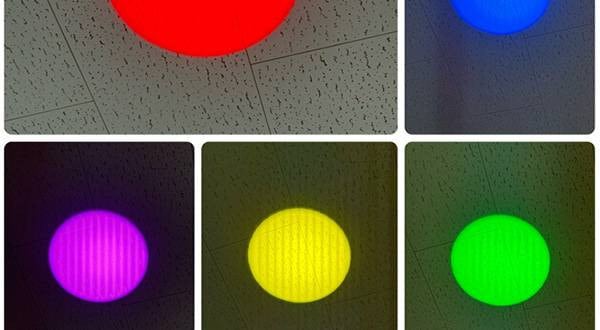
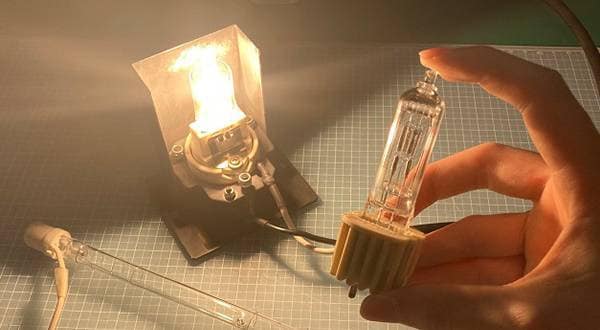
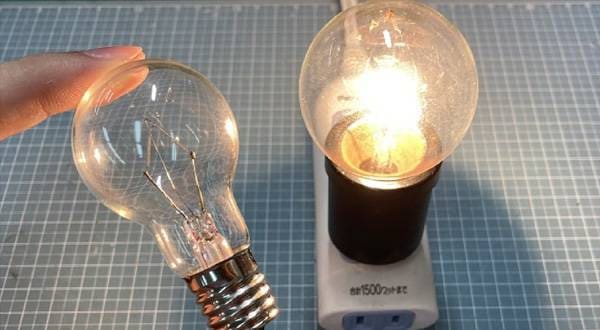
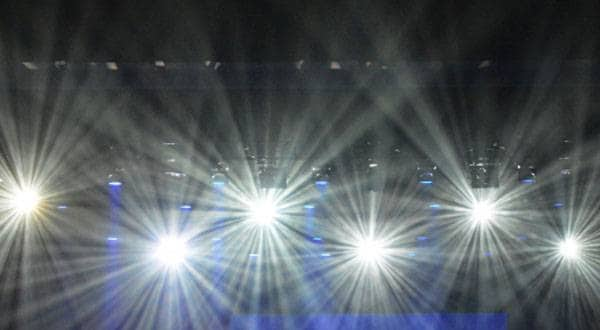
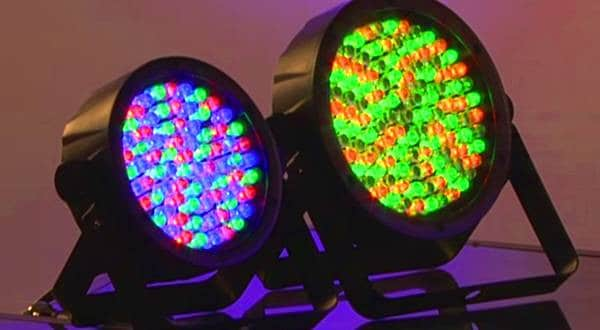
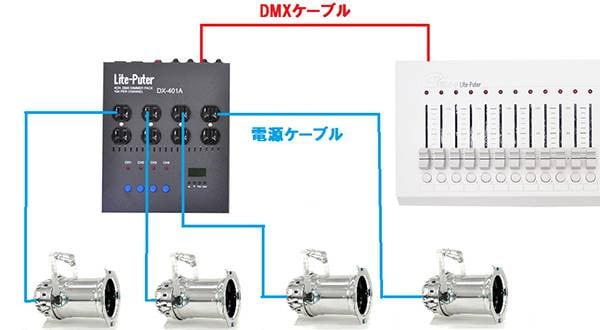
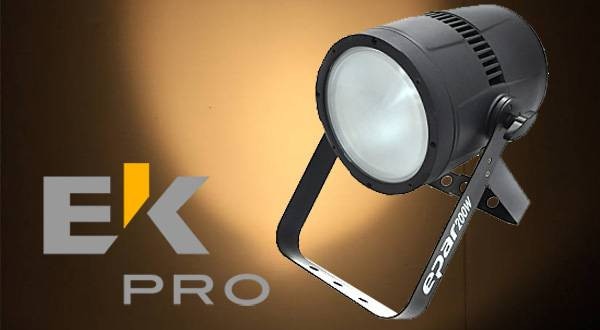
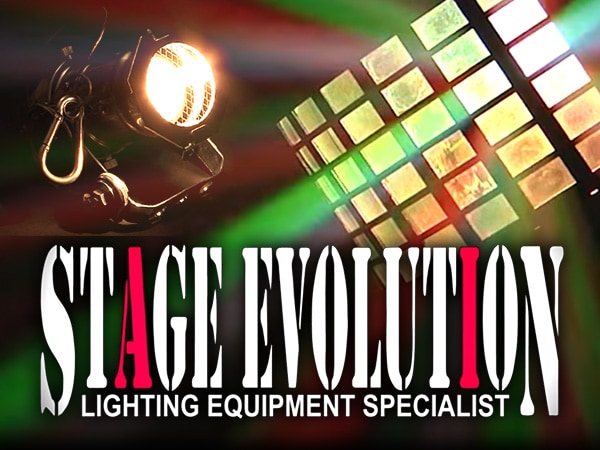 STAGE EVOLUTION ステージ照明
STAGE EVOLUTION ステージ照明
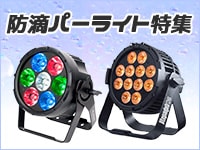 防滴パーライト特集
防滴パーライト特集
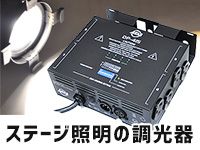 ステージ照明の調光器
ステージ照明の調光器
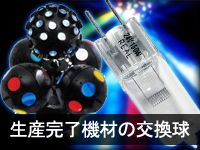 生産完了機材の交換球
生産完了機材の交換球
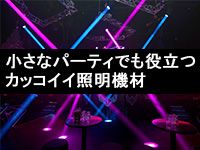 小さなパーティでも役立つカッコイイ照明機材
小さなパーティでも役立つカッコイイ照明機材
 照明入門講座
照明入門講座















